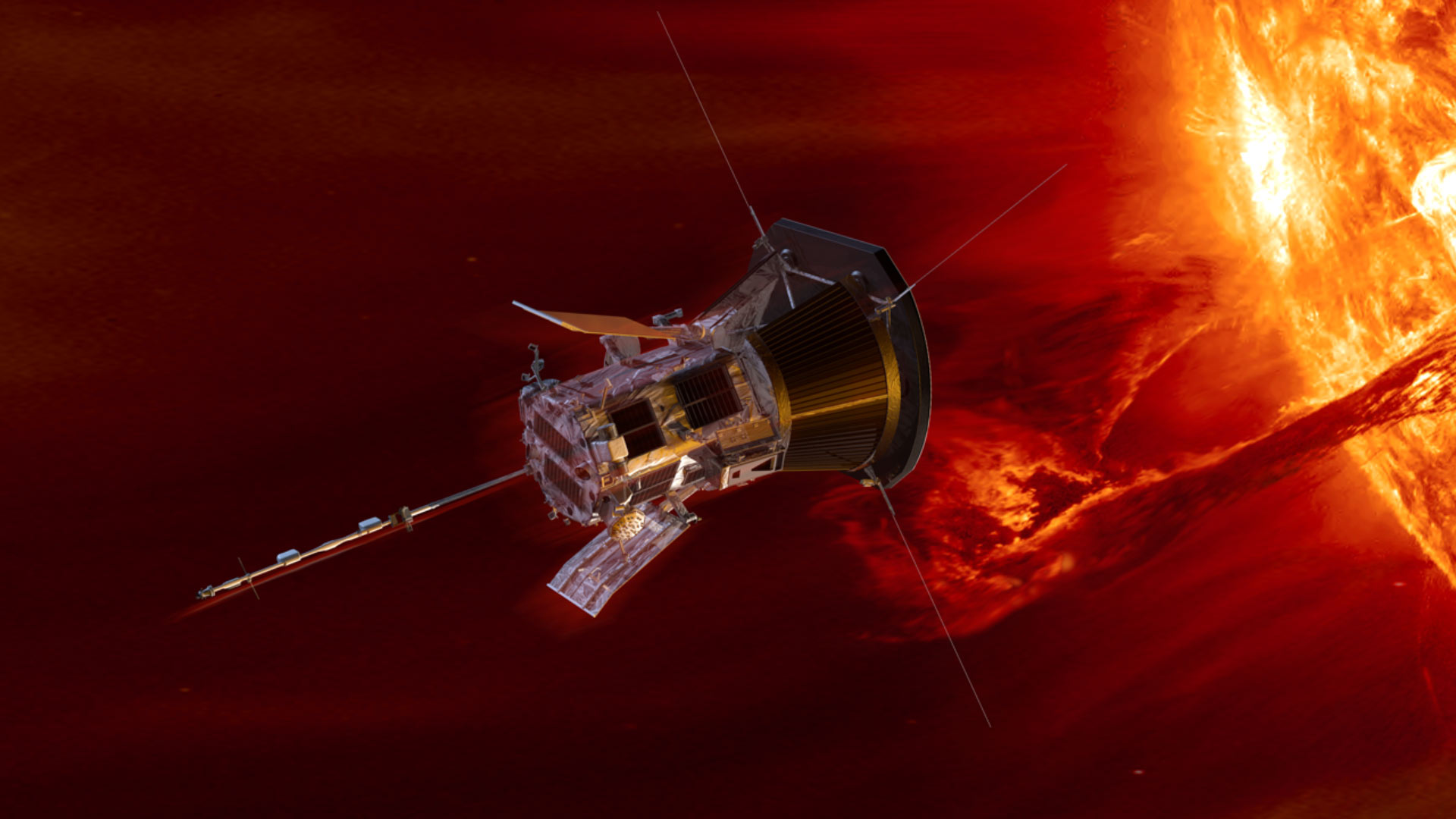
NASA’s Parker Solar Probe has already revealed new information about our star, capturing the first image from within the sun’s atmosphere in 2018 and capturing a video of solar wind on its second orbit of the sun in 2019. Now, data from the probe has revealed how solar flares contribute to the sun’s radiation, which can cause problems for spacecraft and even astronauts as it spreads across the solar system.
Scientists know that solar flares are created by the movements of plasma within the sun, and they are often followed by releases of plasma called coronal mass ejections. These coronal mass ejections release radiation as well as matter into space in the form of cosmic rays which can interfere with electronics and harm the human body. The Parker data has helped show how the flares contribute to these coronal mass ejections.
“We’re getting some of the earliest observations from this mission to the sun on how the coronal mass ejection — the sun’s release of plasma and energy — builds up particles released after solar flare events,” Professor Nathan Schwadron, a researcher in the Space Science Center at the University of New Hampshire and the Department of Astrophysical Sciences at Princeton University, explained to Sci News.
“Because energetic particles are accelerated near the sun, by flying closer and getting a better look we are able to observe the beginning of the energization process and see them actually start to pile up like snow that piles up in front of a snowplow. Instead of an actual snowplow, it is the coronal mass ejections released from the sun that cause the buildup of this material in space.”
Schwadron and his team looked at six days of data about active regions near the sun’s equator which sent out solar flares, causing a pile-up of accelerated particles that contributed to the coronal mass ejections.
“We have known that these high-energy particles are energized in this region, but the missing link was how these particles buildup in the fronts of coronal mass ejections,” Professor Schwadron explained. “The particles become so highly energized that they move at almost the speed of light and, as a result, can pose hazards in the form of harmful radiation that cause health issues for astronauts and damage electronic equipment in space.”
The findings are published in the Astrophysical Journal Supplement Series.



